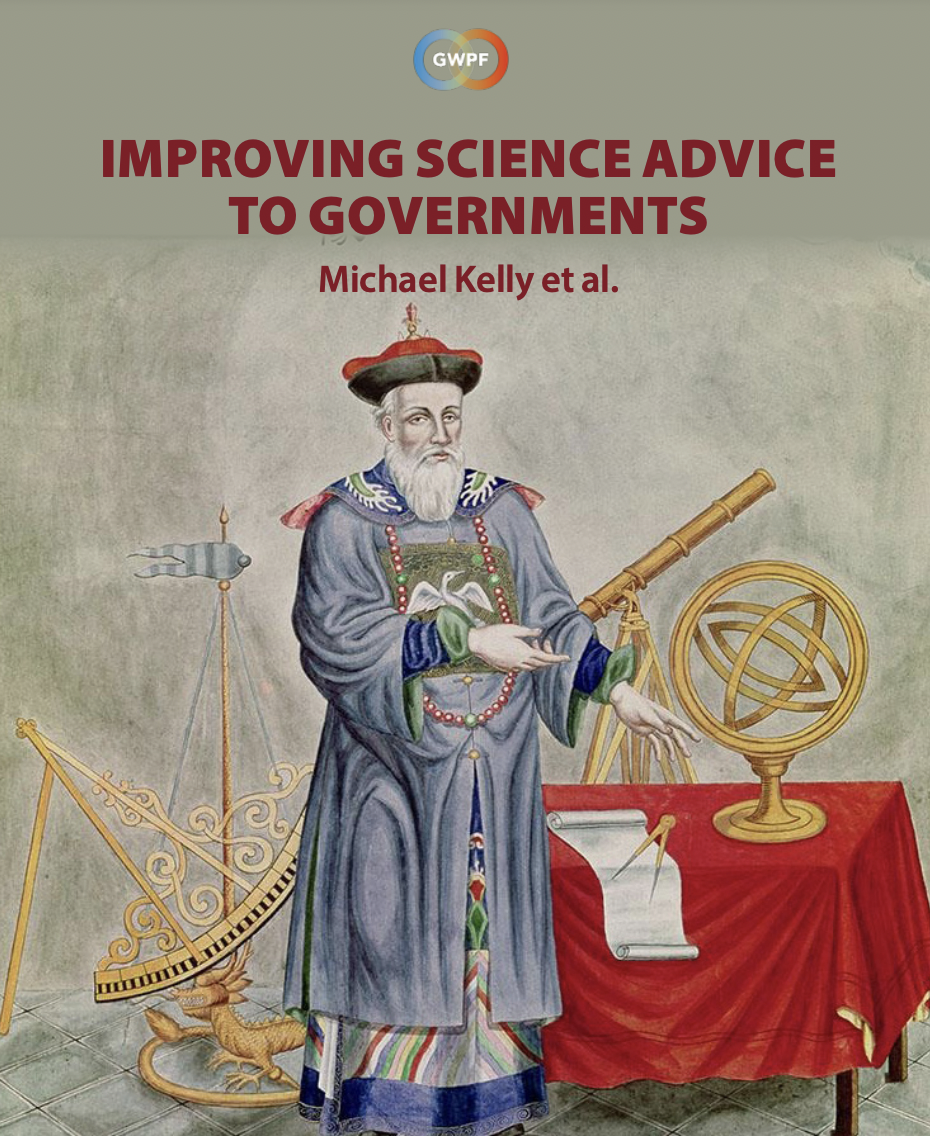
Study estimates that the IRA will cost US taxpayers an average of about $2.3m per job per year.
The Global Warming Policy Foundation has today published a quantified estimate of the full cost of financing the tax credits on offer to the major green energy industries under President Biden’s “Inflation Reduction Act”, adding to the public understanding of the economic hazards and financial risks the US economy faces as a result of this scheme.
The study confirms earlier estimates that direct spending under the IRA will amount to about $1 trillion over the next 10 years, but adds to our understanding of the macroeconomic effects of the policies by estimating the cost of financing these tax credits through deficit spending, the likeliest route to be taken by the White House.
The study estimates that the combined total of the Investment Tax Credits and accompanying financing costs for wind and solar energy alone easily could approach $2 trillion or more, especially as rising U.S. deficits lead to higher interest rates.
Viewed as a job creation scheme, one of the key rationales cited for offshore wind development, the study estimates that the IRA will cost US taxpayers an average of about $2.3m per job per year.
Spending on this scale is far larger than that in the Great Depression but, by contrast, is directed at low productivity and sub-optimal assets, especially wind and solar generation.
The opportunity costs of this spending for the United States and its people will be devastating, as government intervention crowds out superior private investment and leads to much higher energy costs for American consumers, both of which will cause reduced economic growth, unemployment, and lower living standards.
Dr John Constable, the GWPF’s Energy Editor, said:
“Dr Lesser’s study shows that the impact of the borrowing needed to support malinvestment under the IRA is large enough to affect the credit rating of the United States and the cost of borrowing for other purposes, with important geopolitical consequences. The sooner this ill-advised scheme is terminated the better.”
Dr Jonathan Lesser, author of the study, said:
“It is impossible to subsidise one’s way to greater economic growth. Eventually, the IRA’s profligate spending on costly, but low-value, green energy will collapse under its own weight. The unanswered question is how high an economic and social price will US politicians force the public to pay for this folly before that occurs?”
Jonathan Lesser: Green Energy and Economic Fabulism (pdf)



